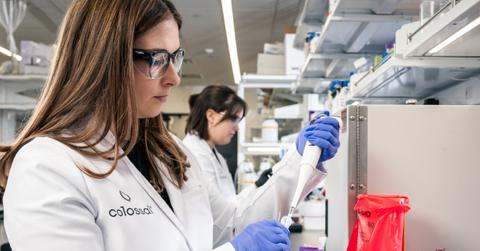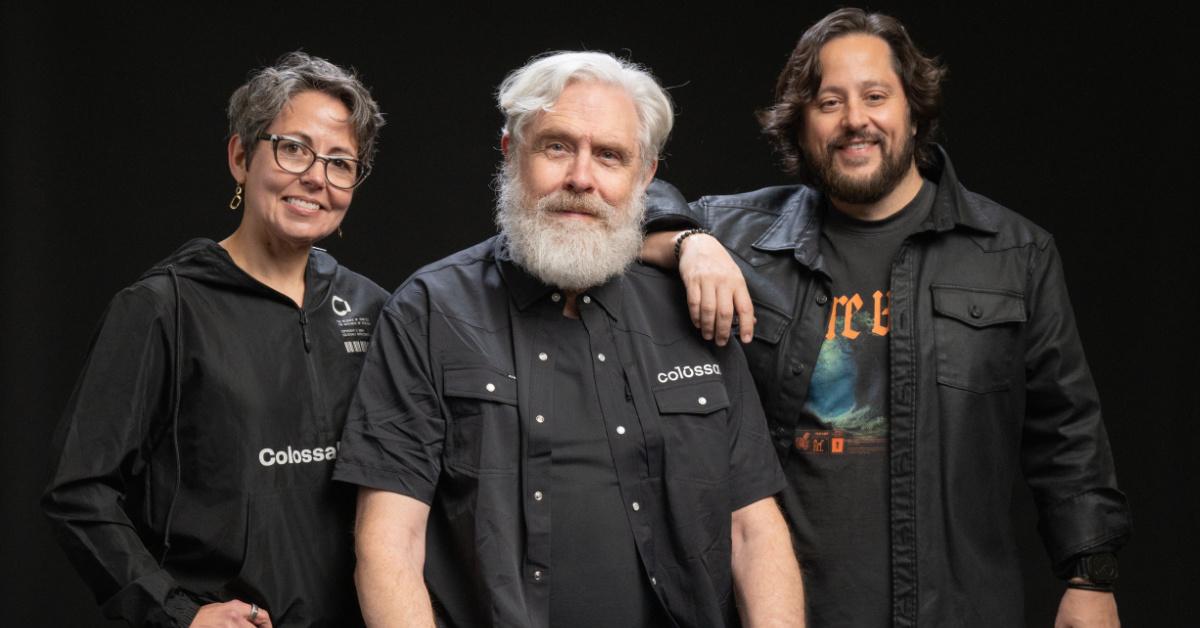The Minds Behind the Dire Wolf: Colossal's World-Class Quest to Rewrite Extinction
It sounds like science fiction, but Colossal Biosciences is tackling this monumental challenge.
Published April 29 2025, 10:58 a.m. ET

Last month, the world looked on with awe as Colossal Biosciences revealed they had de-extincted the dire wolf. Dire wolves were now back on earth for the first time in 10,000 years, and the company is not stopping there. They aim to resurrect the woolly mammoth, the thylacine, and even the dodo. It sounds like science fiction, but Colossal Biosciences is tackling this monumental challenge.
They have assembled a veritable dream team of scientific minds from across the globe. Forget lone geniuses in hidden labs; Colossal's approach hinges on collaborative firepower, attracting some of the brightest stars in biology, genetics, and beyond.

Leading the charge are figures synonymous with cutting-edge science. Co-founder Dr. George Church, a renowned figure in genetics from Harvard and MIT, is often referred to as the "father of modern genomic sequencing" and a pioneer in synthetic biology. His vision and decades of experience provide a solid foundation for effective leadership.
Steering the complex scientific operations is Chief Science Officer Dr. Beth Shapiro, a MacArthur "Genius Grant" recipient and a world-renowned expert in ancient DNA analysis. Her expertise in extracting and interpreting genetic blueprints from long-dead organisms is crucial.
Beyond these luminaries, Colossal employs over 170 scientists and boasts an expansive Scientific Advisory Board featuring more than 95 experts. This isn't just a genetics project; it's a symphony of disciplines. Top paleogenomicists collaborate with experts in CRISPR gene editing.
These computational biologists design algorithms to piece together fragmented genomes, specialists in advanced reproductive technologies who work on creating embryos and potentially artificial wombs, and pioneers in stem cell reprogramming. Veterinarians, ecologists, and conservationists also play vital roles, considering the immense challenge of eventually rewilding these creatures.
Figures such as Dr. Andrew Pask (University of Melbourne), who leads the thylacine effort, and numerous others from top institutions worldwide contribute their specialized knowledge.
What draws such talent to a venture some still deem fantastical? It's the allure of pushing scientific boundaries, state-of-the-art tools, and the chance to work on a project with potentially profound implications, not just for bringing back species, but for developing technologies and conserving currently endangered animals. Colossal is betting big that this concentration of world-class brainpower can turn the dream of de-extinction into a biological reality.